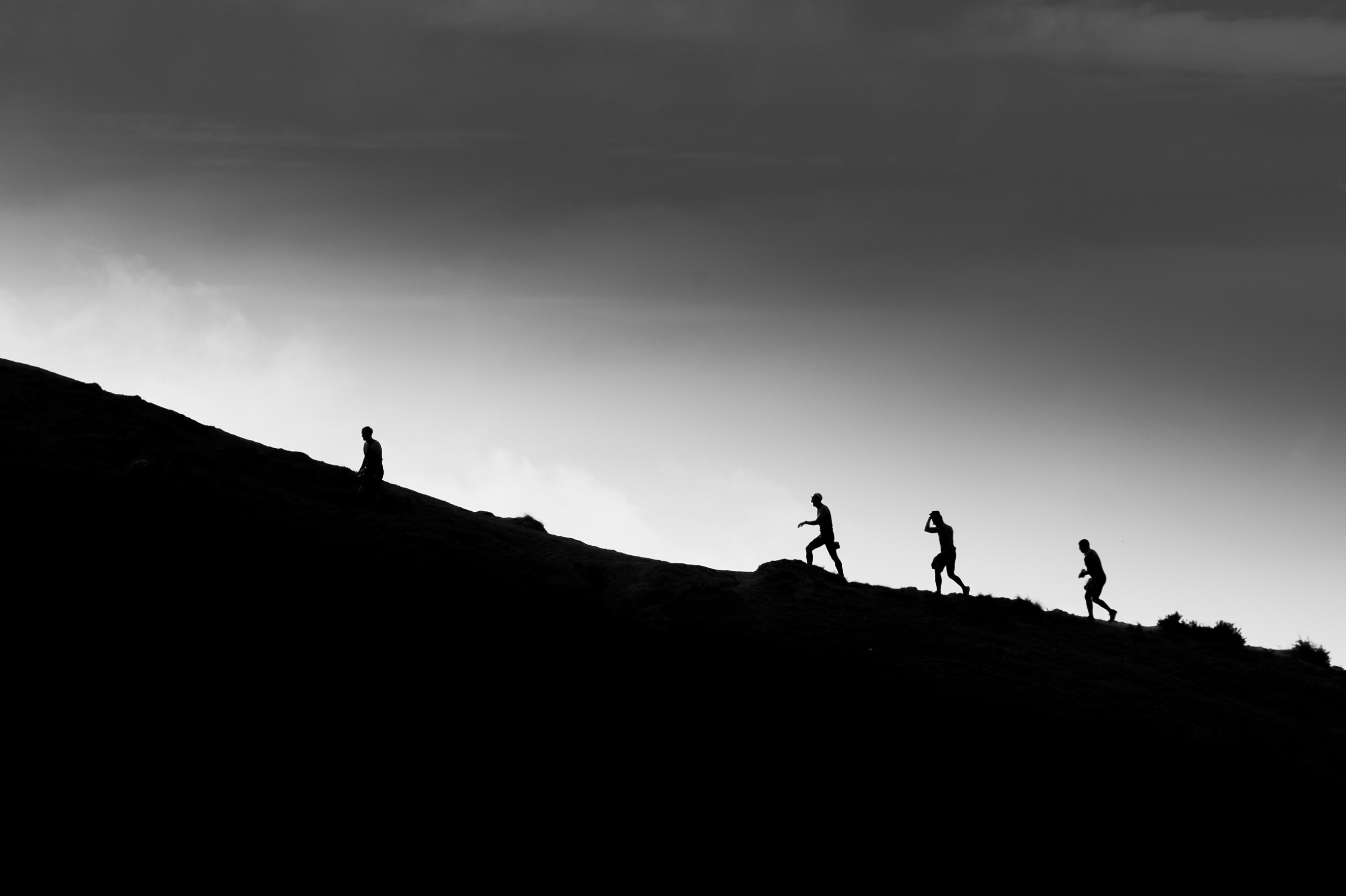A guide to safe decision making in the wild
Experienced swimrun athlete and open water coach Mike Alexander looks at how heuristics can cause us to make poor decisions when out in nature – and how to avoid them
When training for a swimrun you may want to plan interesting routes across challenging terrain, rivers, lakes and ocean. It looks good on paper, but will it be good when you’re actually out there? Are you equipped to recognise hazards, dynamically assess risks, and ultimately make good decisions in the moment?
A recurring theme in accidents in the outdoor adventure world is desire over-ruling judgment. Heuristic traps often contribute to this.
Heuristics are simple rules that people use to make decisions about complex events and situations, such as locating a safe spot for a river crossing. We tend to apply these rules frequently and subconsciously, rather than properly assessing risks. In some situations, heuristics are useful. But when training outdoors, our risk assessments must be relevant to the actual hazards for them to be effective. If they are not, accidents will eventually result. During my time working for The Outward Bound Trust we often discussed heuristics when leading groups in the wild, and how to avoid heuristic traps.
Heuristic traps occur when the rules we use are influenced by factors not relevant to the actual hazards. Being aware of these traps may reduce the likelihood of this. Some of the more common heuristic traps are (from Decision Making for Wilderness Leaders by Ian McCammon, PhD):
● Familiarity of a setting or situation: ‘If I’ve done it before then it’s what I should do now.’ For example, I swim in this river nearly every day, so it’s fine to swim in it today (rather than make an assessment based on the conditions).
● Authority: ‘If an expert believes it then it’s what I should believe. For example, you read in guide book that a run route was moderately technical, so you assume you can do it (but the writer may have done it under different conditions, the route may have changed etc.)
● Social proof or the behaviour of people similar to yourself: ‘If people like me are doing it then it’s what I should do.’ For example, my friends swam across this estuary, and they thought it was easy, so I’ll be fine.
● Commitment, consistency and the opportunity to validate prior actions and decisions: ‘I should remain consistent with my prior opinions and actions.’ For example, I’ve crossed this lake before and therefore it should be fine this time too.
● Conformity with actions by a person or group that I respect: ‘If someone I respect is doing it then it’s what I should do to be accepted.’ For example, your group leader reckons the river crossing looks safe, and you respect him, so you put aside your doubts and attempt to cross.
● Scarcity and competition for a limited resource: ‘If something is scarce then I should desire it.’ For example, this is my only holiday this year and I want to complete this route even though the weather doesn’t look great.

Above: ÖtillÖ Malta, Sprint distance, 2019. Image (c) PierreMangez
Overcoming heuristic traps
The first step in overcoming heuristic traps is to be aware of them. The second is to improve your skills and knowledge about the great outdoors so you can make proper risk assessments. For example, can you interpret contours? How’s your tidal planning? Do you know the catchment area of a river? What’s your interpretation of synoptic charts like?
If you struggle with these things, then take a course or hire a Mountain Leader, Sea Kayak Leader or similar to either help with your planning or support on a particularly challenging route.
When you are looking to create your own swimrun training routes, consider your local knowledge of the area, wind direction and strength, tide times, tidal streams, rip currents, water temperature, air temperature, terrain, escape routes, means of getting help, and always have a plan B. If necessary be prepared to call it off completely: on some days Plan T (tea and cake) is the best option.
An approach I use when plotting my own swimrun training routes is to run the planned route first. For example, if your eventual route includes a swim across a lake, run around the lake first. Look for easy entry and exit points, options to cut the swim short if necessary, and hazards such as other water users. Also note any river or stream flows into the lake, as these areas are likely to be colder.
Train with a partner
In my opinion, swimrun is best when done with a partner. This, after all, is how it all started on the Swedish archipelago back in 2002. And how many times have you been told to “never swim alone” or there’s “safety in numbers”? However, while this is good advice, it can become its own heuristic trap – for example, if you assume your training partner has the same fitness and skills as you, or vice versa, and consequently make poor decisions. Something else to be aware of.
Enjoy your training, but remember there’s more to staying safe than heuristic thinking might lead you to believe.
Mike Alexander is one of the most experienced swimrun athletes in the UK, competing in male and mixed category races across Europe including the OtillO World Series, the BRECA UK Championships & the LoveSwimRun Series. He is an experienced Level 2 Open Water Coach and Mountain Leader. He is passionate about swimrun and loves sharing what he has learnt. Find out more: www.weswimrun.org/workshop
